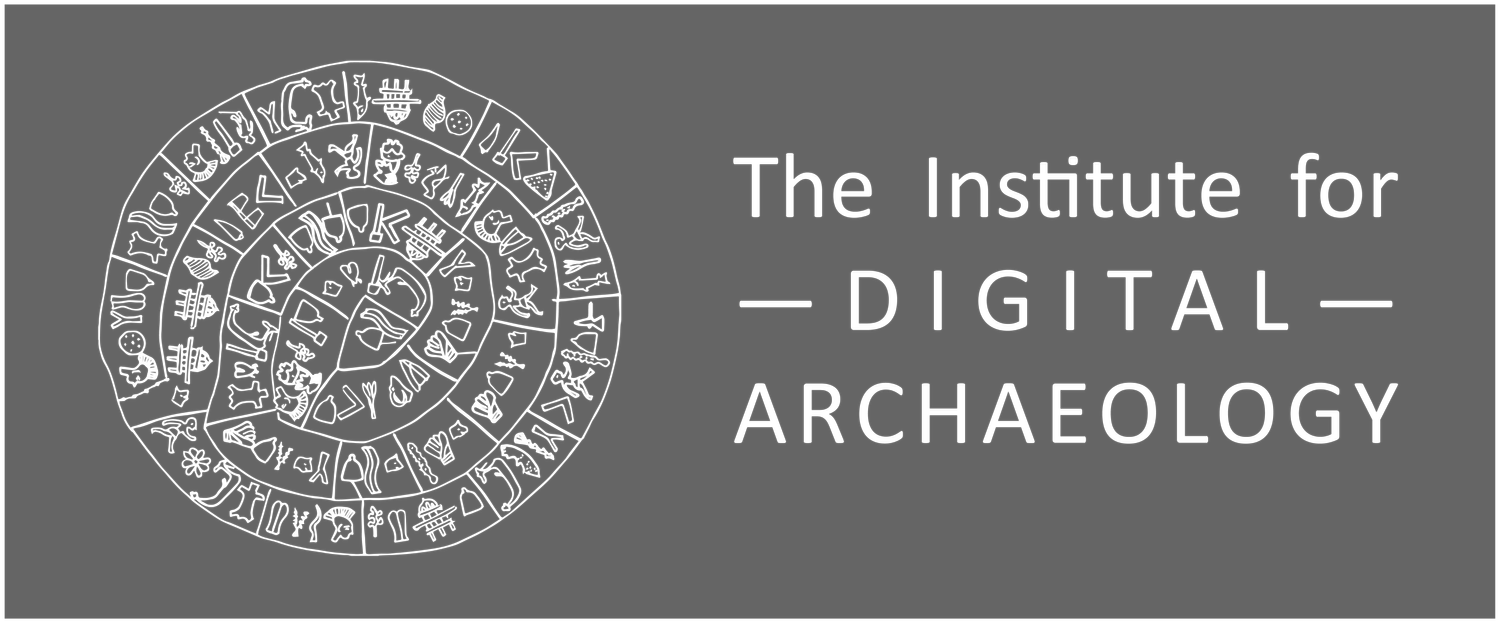As archaeologists and cultural heritage specialists, we at the IDA spend a lot of time thinking about the materiality of the pieces that we work with. Whether it’s the 20ft Triumphal Arch of Palmyra, or a detail on a hand-sized 3D print, the physicality of objects is important for us. Thinking about how to interact with objects as things takes up a lot of our time. Unsurprisingly, as academics, one of the physical objects we spend more time with than any other is the book. However, despite these constant interactions with books of all shapes, sizes, feels, and contents, I find (I won’t speak for my colleagues) that I don’t spend time thinking about books themselves, about their presence and thing-ness. Books offered me information about the many other objects I worked with, but what about the book itself?
For this reason, I was particularly excited about the IDA’s 4th annual conference, “Portable Heritage: the evolving history of the book”, which took place on December 13, 2018, at Magdalen College, Oxford. Not only did the conference provide an opportunity to explore the book throughout history, it’s influence, and change over time, but it also brought together experts on the materiality of books. In fact, there were multiple talks throughout the day on the creation of the book object and the influence of the book, not its content but its cover, throughout the world.
The day began with a talk from Daryl Green, who, in addition to being the head librarian at Magdalen College, Oxford, is involved with the group Thinking 3D, “An interdisciplinary exploration of the concept of three-dimensionality and its impact on the arts and sciences” (@T3D2019). Daryl has done fascinating work on exploring how books and other objects have impacted academia through their physical forms. Next was Clare Hopkins, who maintains the Trinity College, Oxford archives, who offered fascinating insights into the archival process. Dirk Obbink, a preeminent papyrologist, spoke about the centuries old fragments with which he works, and the high-tech methods we can now use to learn more from them. Ben Maggs of Maggs Bros Ltd. Rare Books and Manuscripts, to speak about early book collectors and first editions. The morning session ended with a presentation from Henry Gott, of Blackwells Rare Books on the art and science of cataloguing.
After a wonderful lunch, in which participants and attendees were encouraged to share personal stories and ephemera, the afternoon sessions began with Alexy Karenowska’s fascinating and meta discussion of the history of science within the history of the book. Thinking again about books not only as purveyors of information, but objects in themselves, Dr. Karenowska followed the book’s path through scientific history and its place in academia generally. Roger Michel, the Executive Director of the IDA, spoke on the rise of lithography in India, bringing together technology and the cultural processes that lead to lithography’s use in South Asia. Virginia Campbell, a classicist at the University of Essex, discussed early publications on Pompeii and Herculaneum. Pat Randle, of the Whittington Press, once again turned to the technology of the book and presented a wonderful historical and scientific account of wood block printing. The conference ended with Col. Dave Harper of the United States Military Academy, who invited conference attendees to think about the book as a physical embodiment of rights and history, through an examination of copyright and abridgement processes in the 18th century.
It was a brilliant day, and one which challenged attendees to think about the book as a cultural heritage object in ways that we often do not. The IDA is excited to continue supporting work on the materiality of books, and hopes to host another “Portable Heritage” event in the Spring of 2019.










































